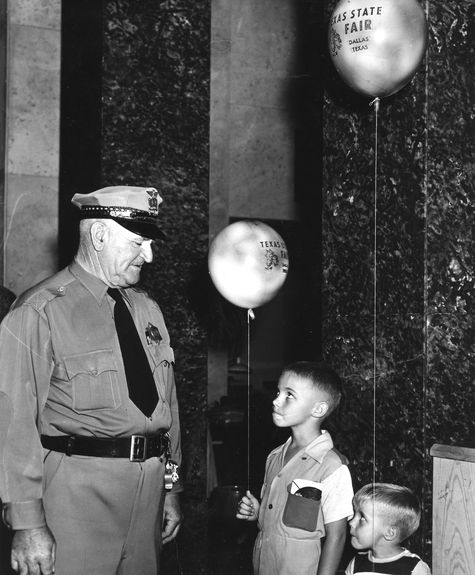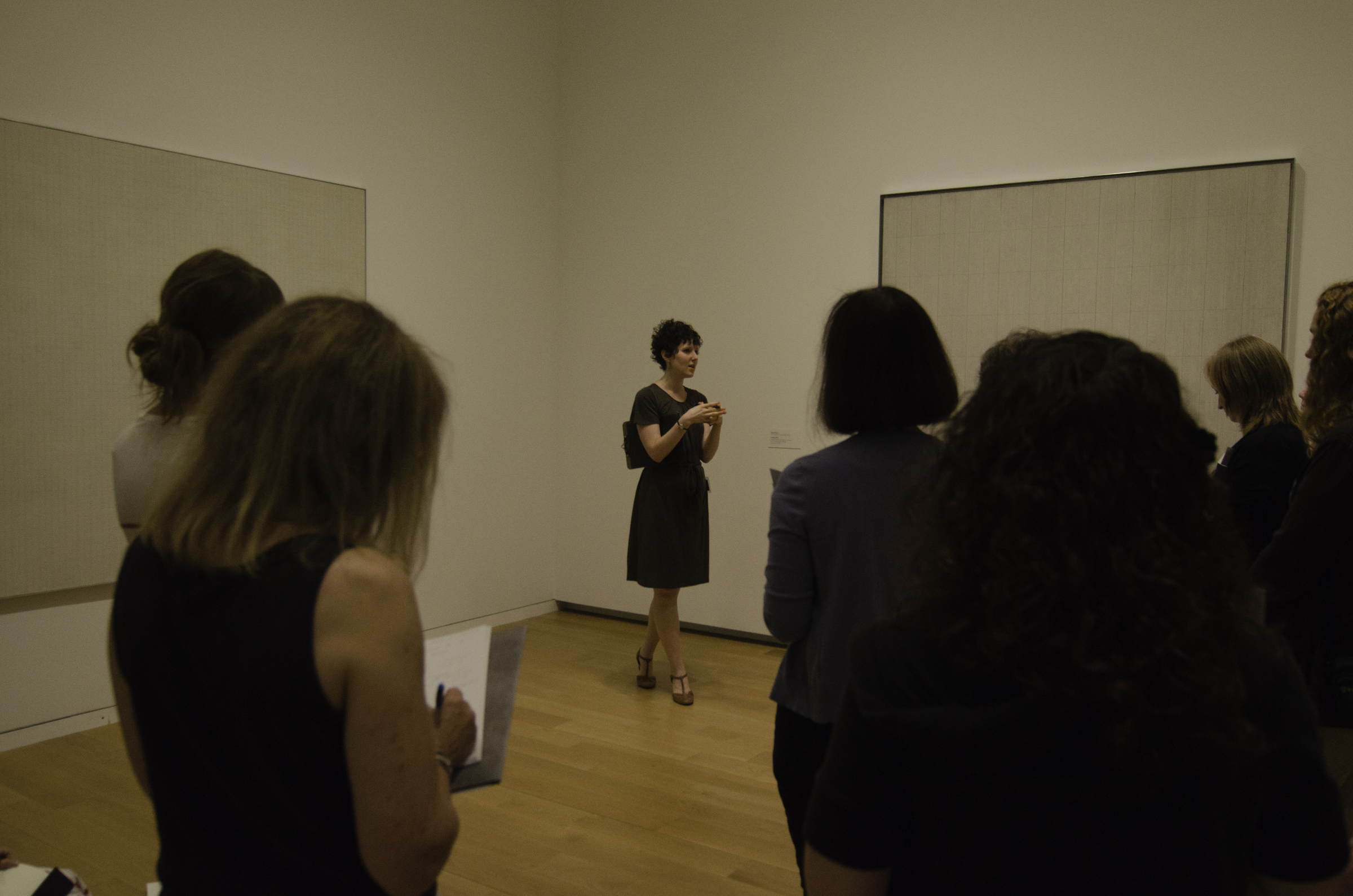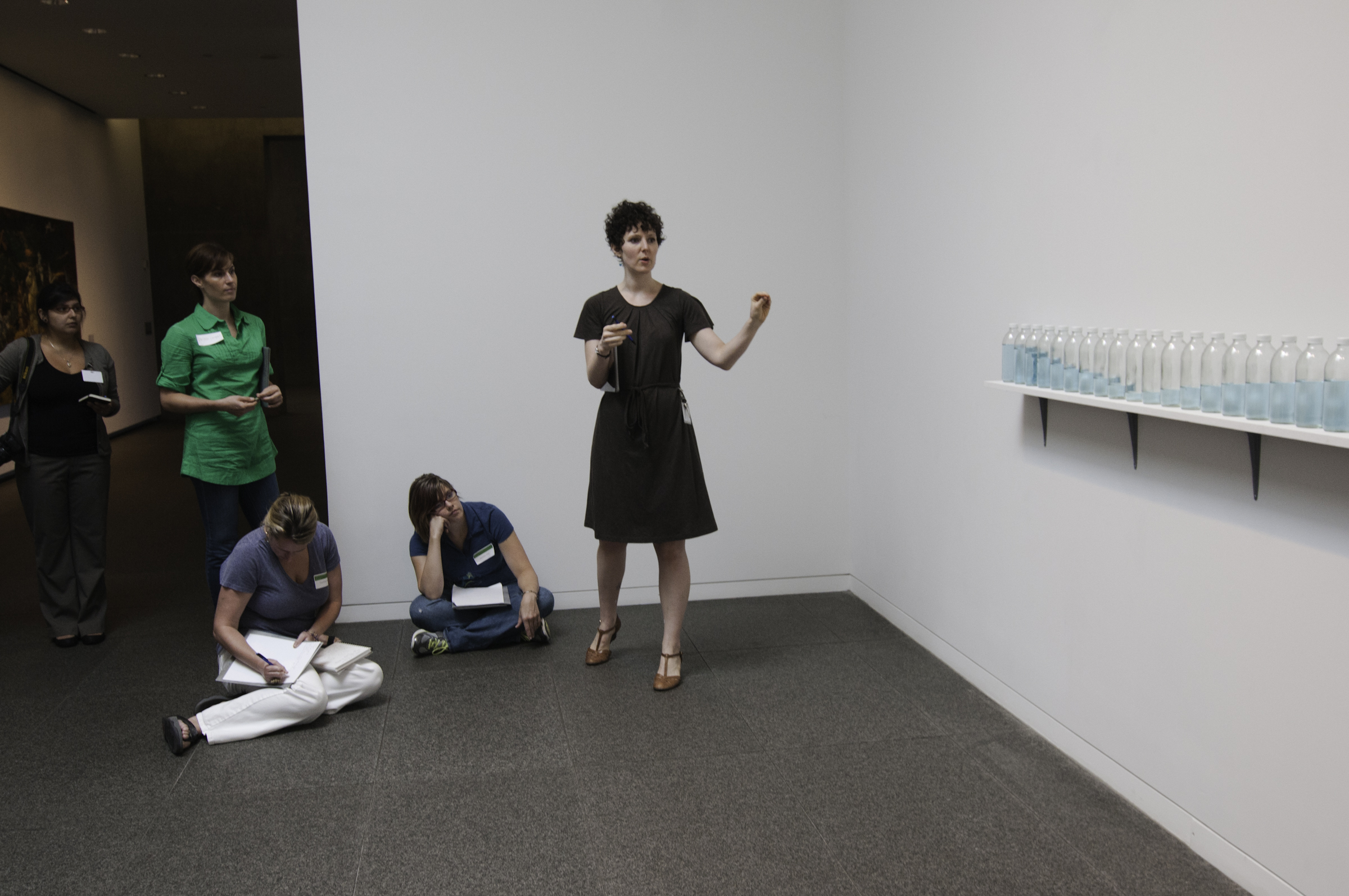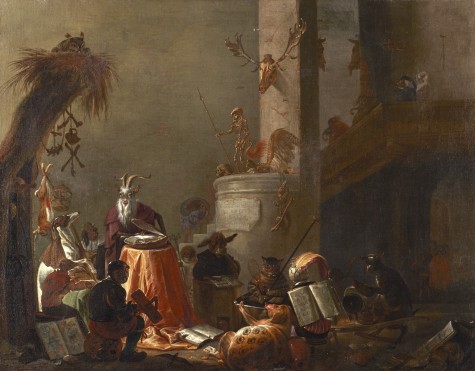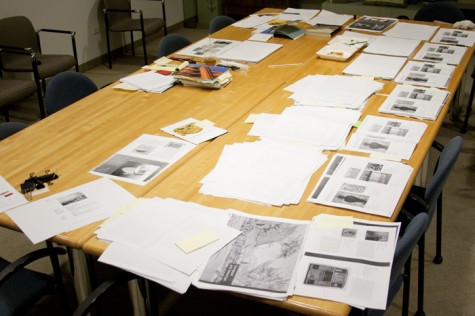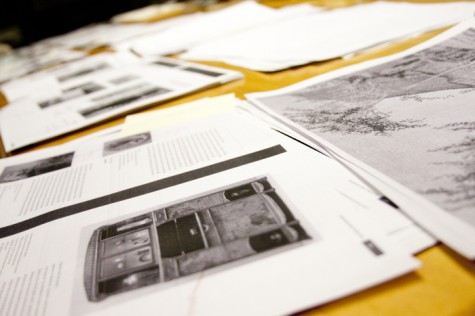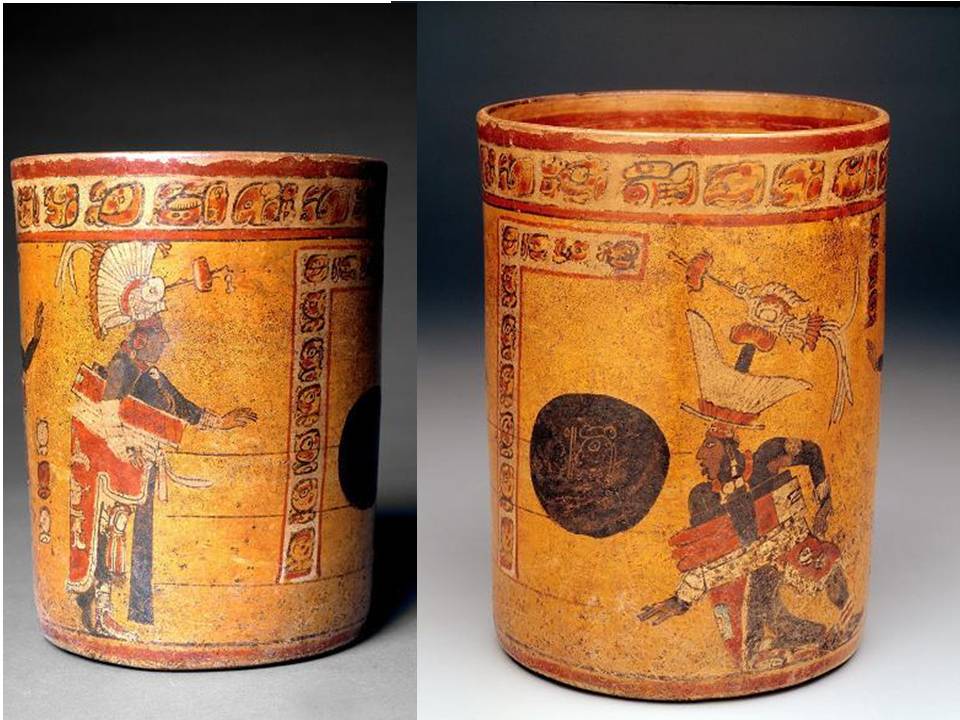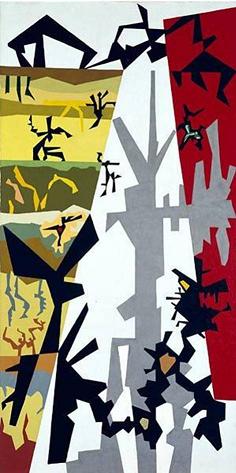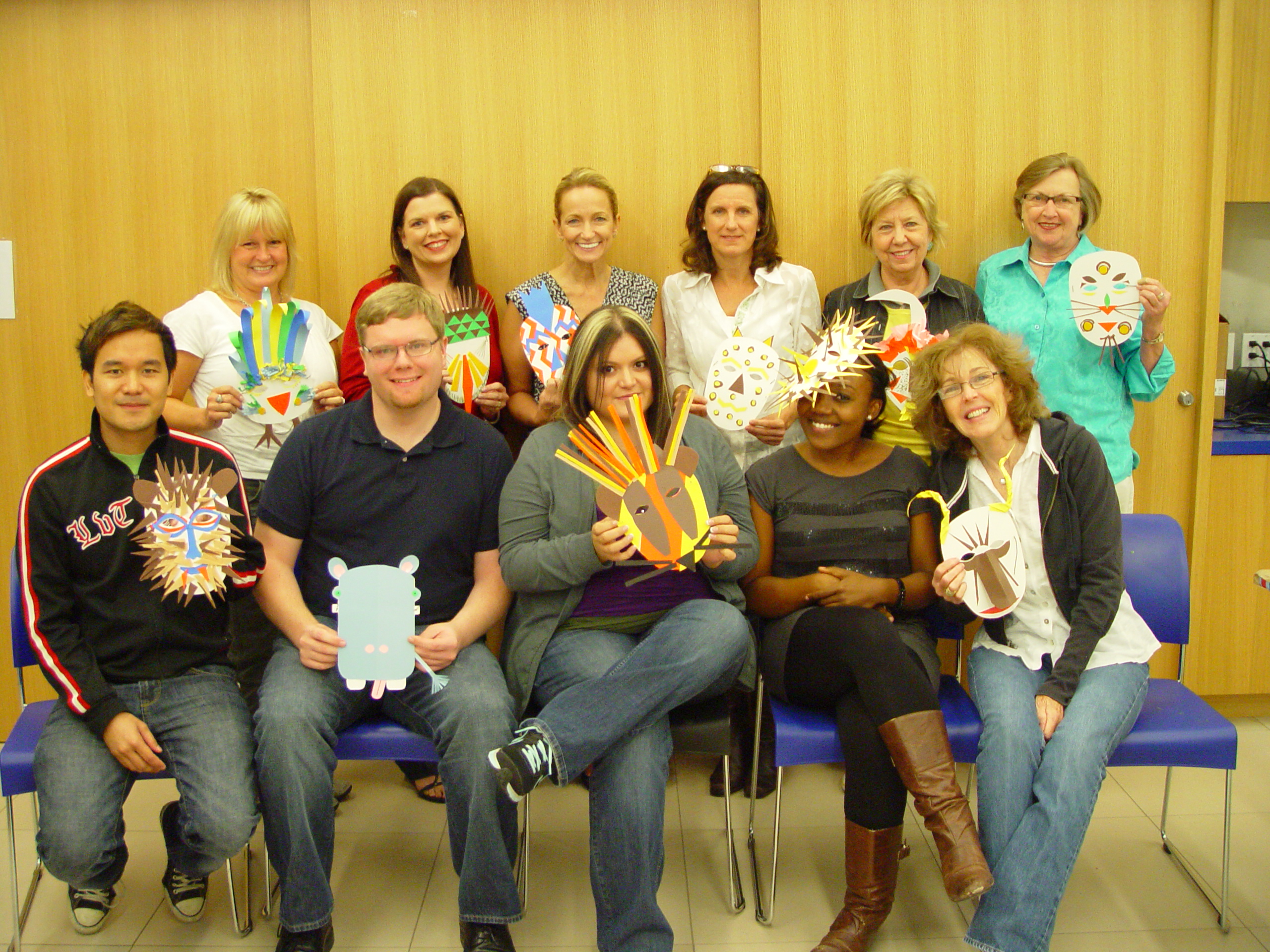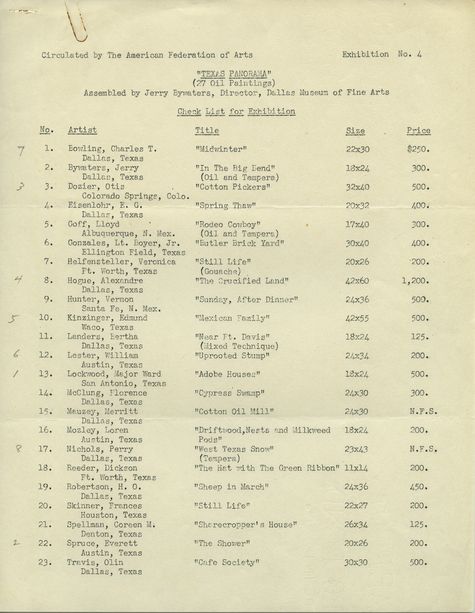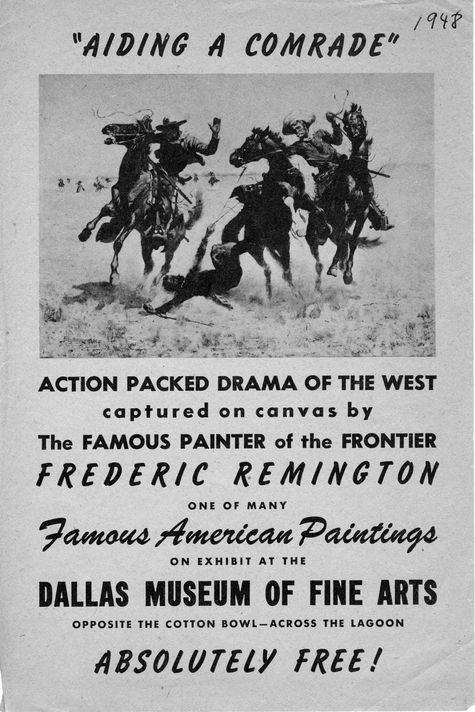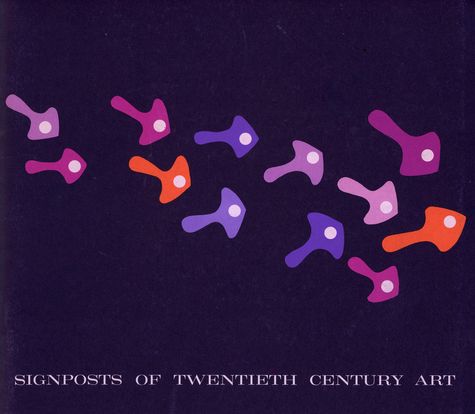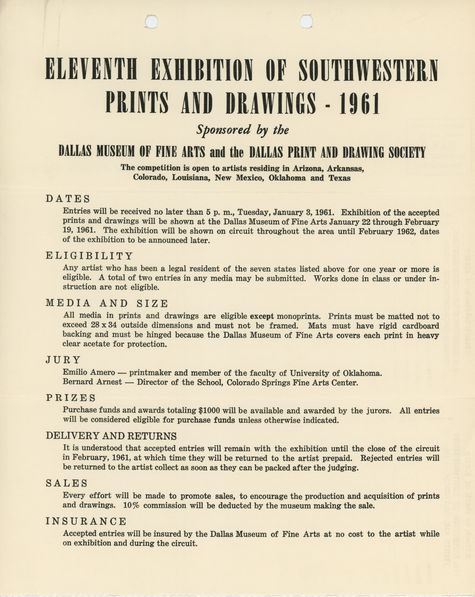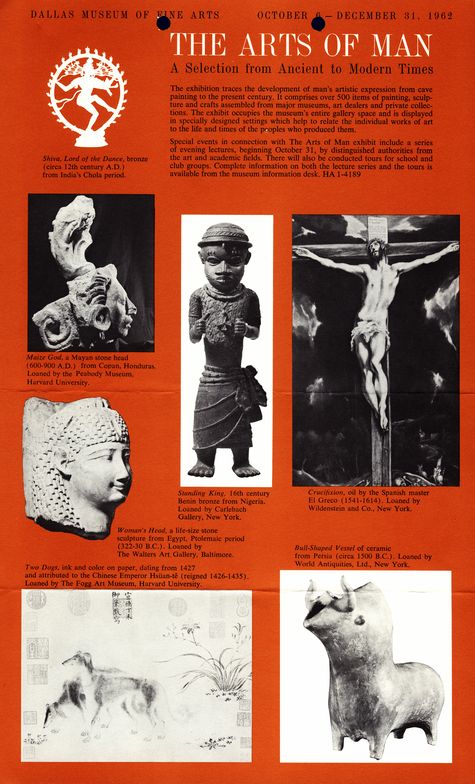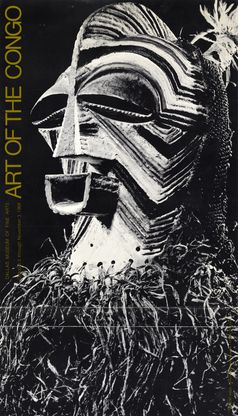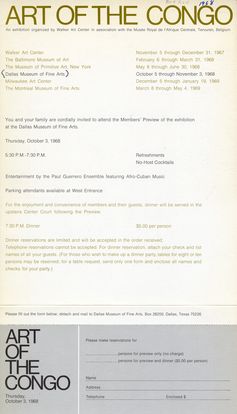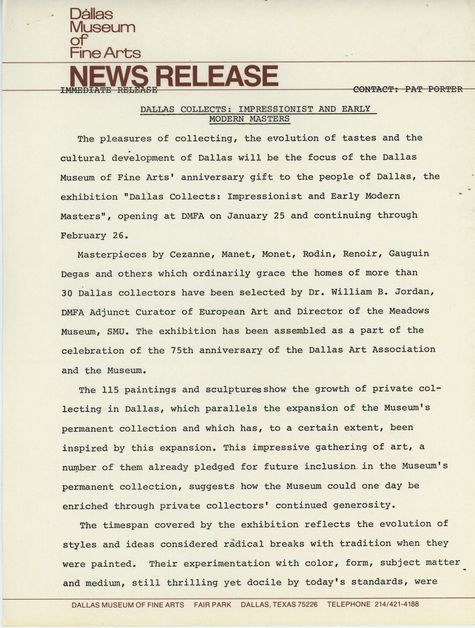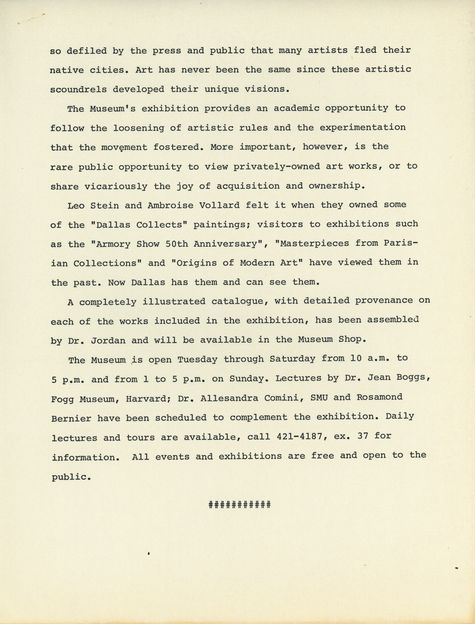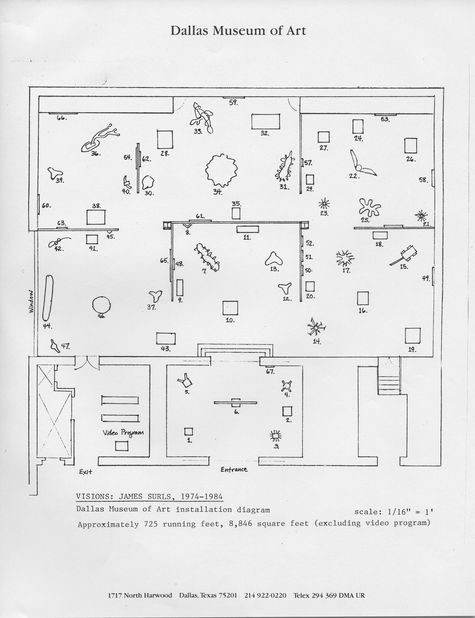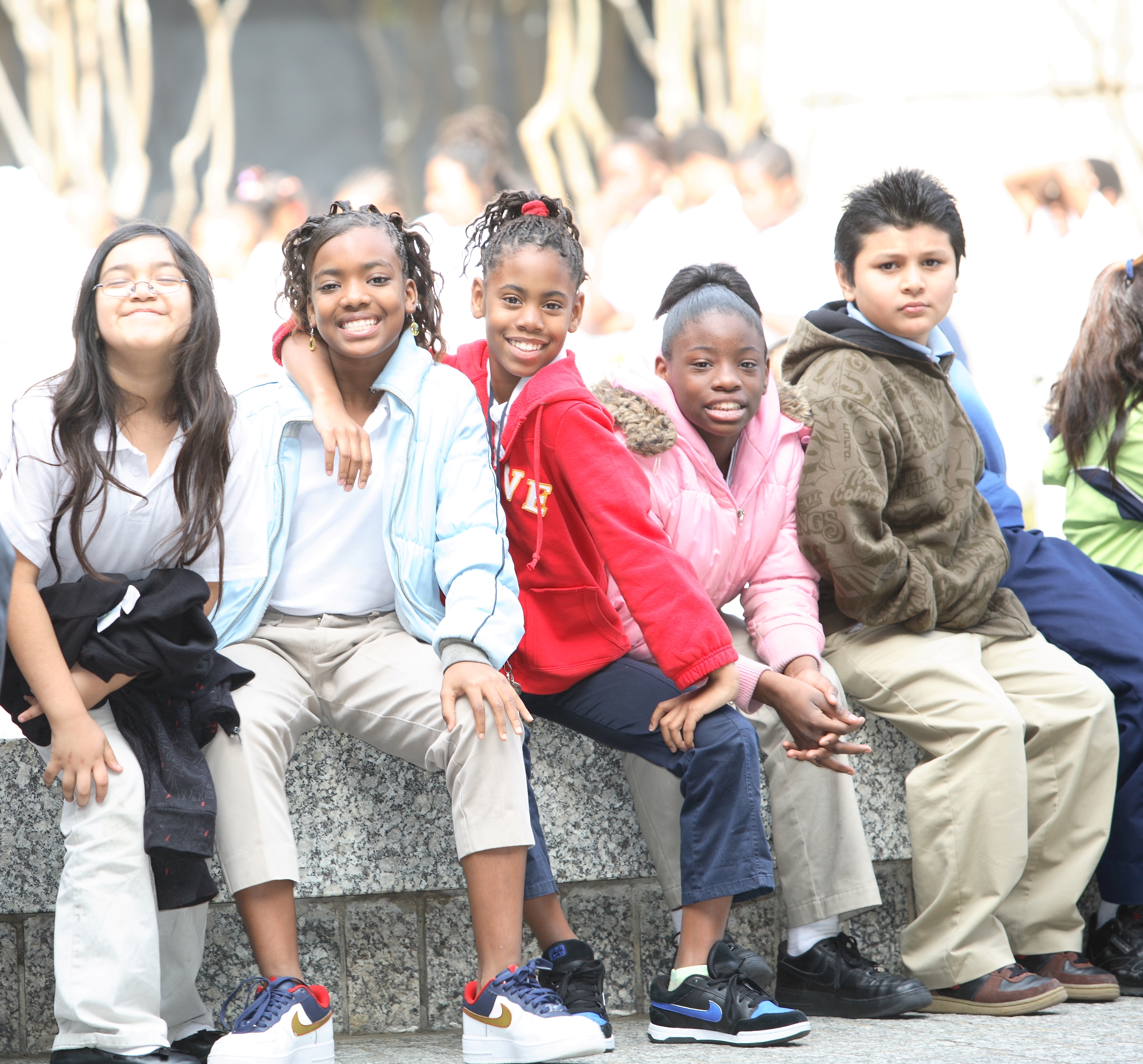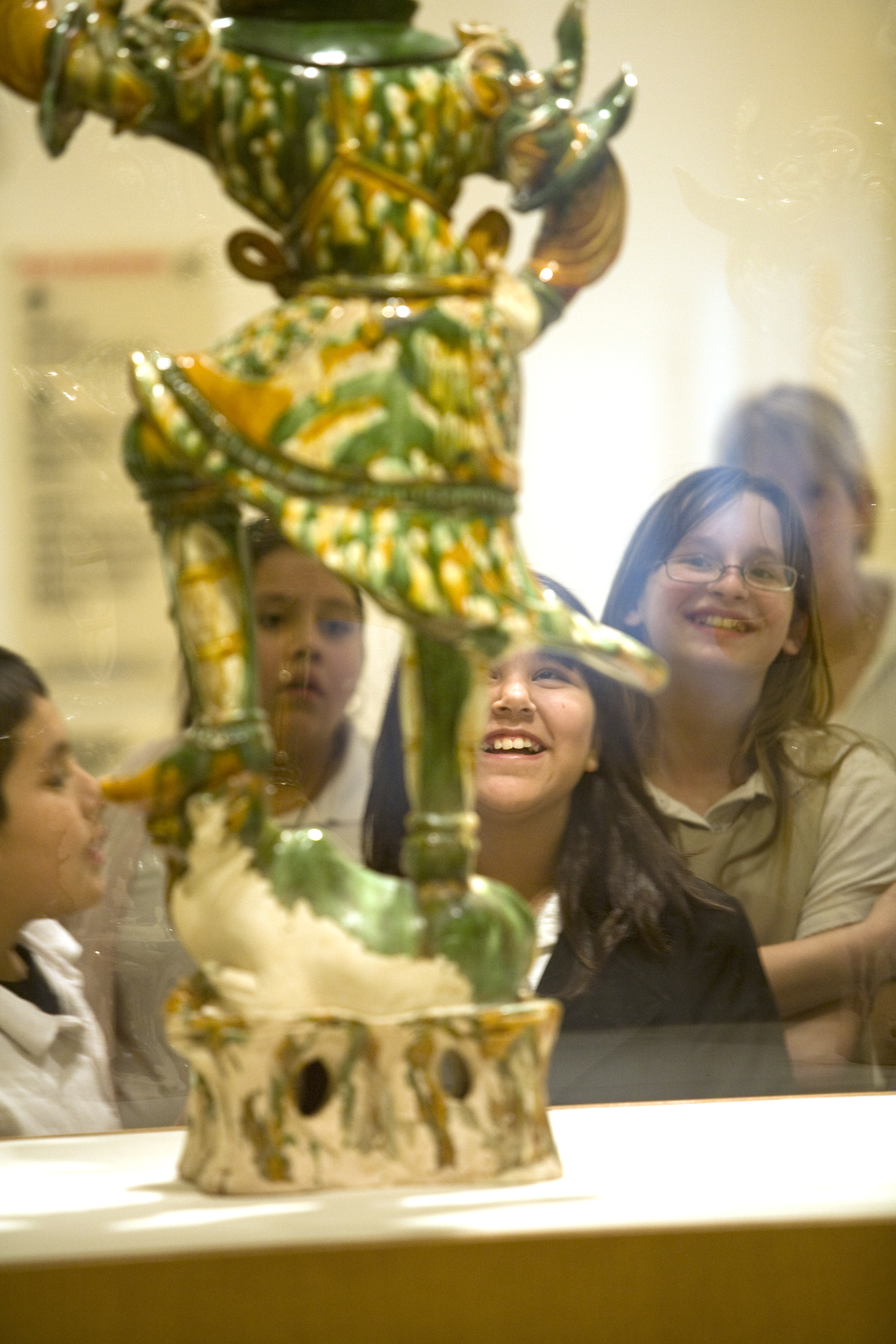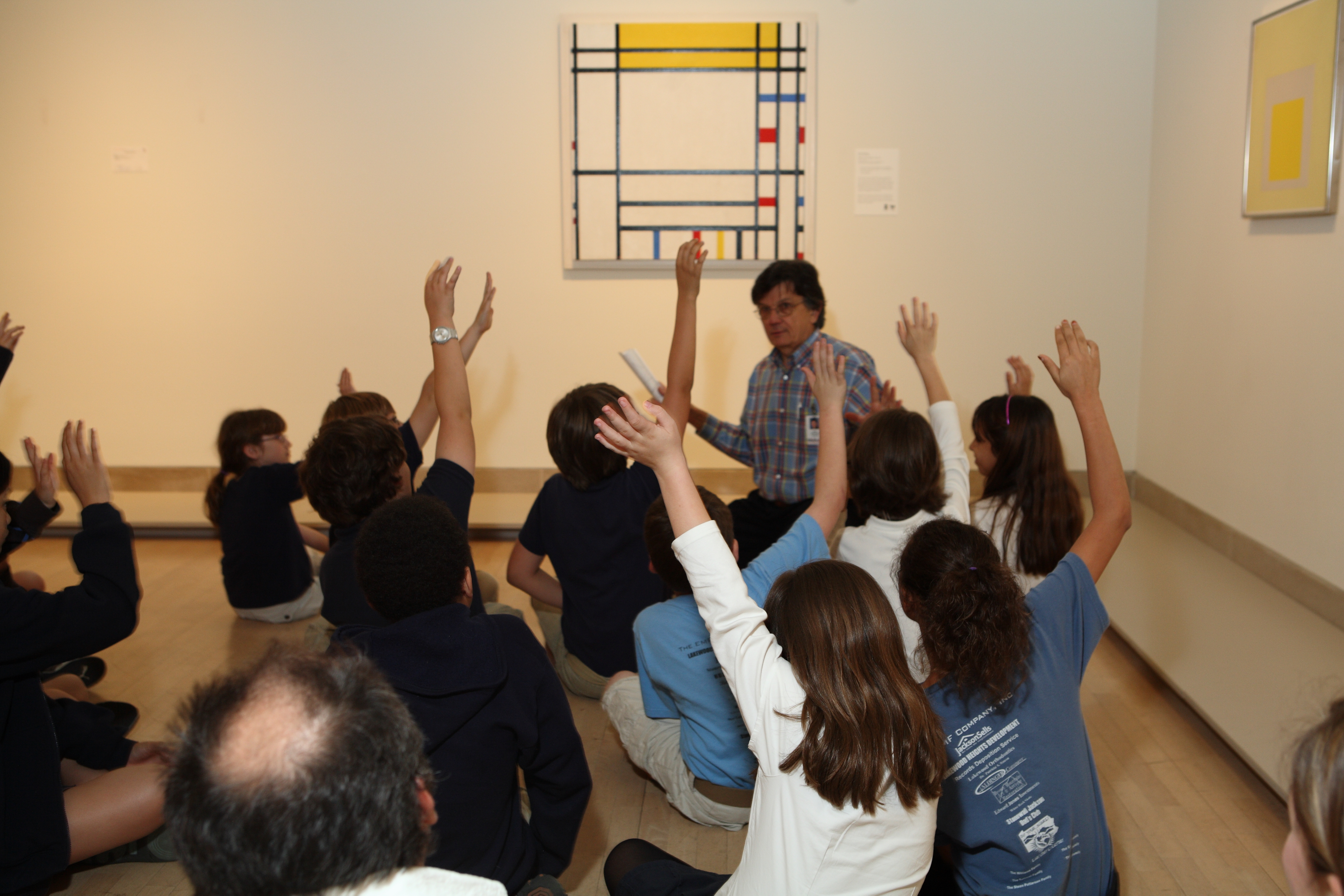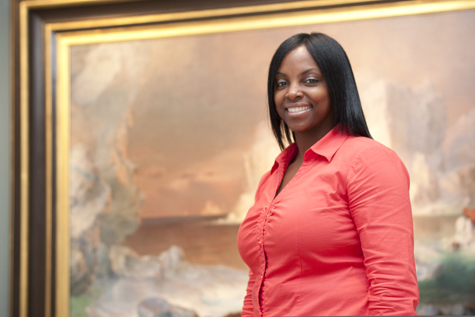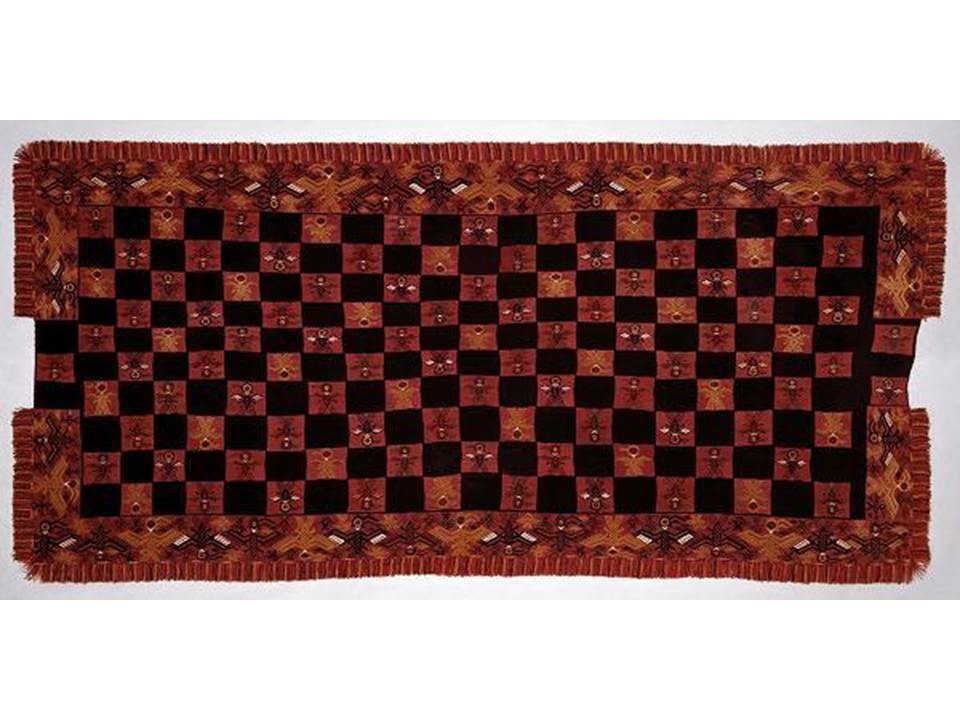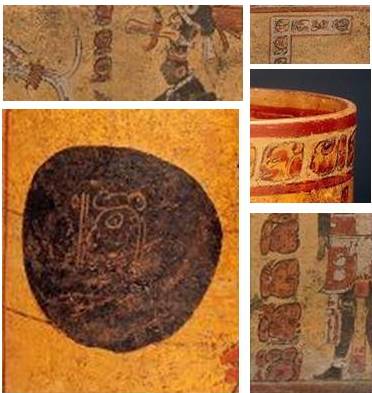No, not the eighties boy band…last week, a group of fresh faces joined DMA staff – the new class of McDermott Interns. I am delighted to introduce you to Hannah Burney, McDermott Intern for Community Teaching, and Jessica Kennedy, McDermott Intern for Gallery Teaching. Hannah received her B.A. in the History of Art and Visual Culture from the University of California in Santa Cruz and completed a year-long internship in the education department at the de Young Museum in San Francisco before coming to the DMA. Jessica holds both an M.A. in History with a concentration in Museum Studies and a B.A. in Art History from the University of Missouri in St. Louis. She also served as Interpretive Assistant in the Educational Media Department at the St. Louis Art Museum.

Hannah Burney, McDermott Intern for Community Teaching

Jessica Kennedy, McDermott Intern for Gallery Teaching
Hannah will work primarily with Go van Gogh and community programs, and Jessica will focus on docent and gallery teaching programs. Both interns will also participate in other areas of our department, such as Programs for Teachers, as well as contribute to DMA Educator Blog. We are so excited to have them with us for the next nine months, and hope that you will have the opportunity to meet and work with them during their time here as well.
Neither of you are Dallas natives. What do you most look forward to about living in Texas?
Hannah: Being a huge fan of food, I am very excited about the famous Texas BBQ, steak, and Tex-Mex. I also look forward to all the cultural experiences Texas has to offer that can’t be found on the West Coast, including the State Fair, a fried foods institution (where, I am told, the “corny dog” was first introduced), and hoedowns, where I hope to partake in two-stepping, line dancing, Texas swing, and the like. But, what I most enjoy about Texas is all the warm and welcoming southern hospitality.
Jessica: The thing that I most look forward to when visiting any new city is discovering local restaurants and cuisine. I love trying food that is unfamiliar to me as well as finding new versions of old favorites. I am especially eager to explore the various types of BBQ and Tex-Mex offerings specific to the DFW area.
How do you spend your free time?
Hannah: I consider myself a bit of a foodie, and love trying new foods or enjoying old favorites. Apart from dining, I love being outdoors: going for a walk, a swim, a hike, kayak trip or adventure of any kind. So, once the weather starts to cooperate, I am looking forward to exploring the Katy Trail. In the meantime, I’ve been very much taking advantage of my new pool, something I never had in San Francisco! If I have a bit of extended free time, traveling is what I most love to do.
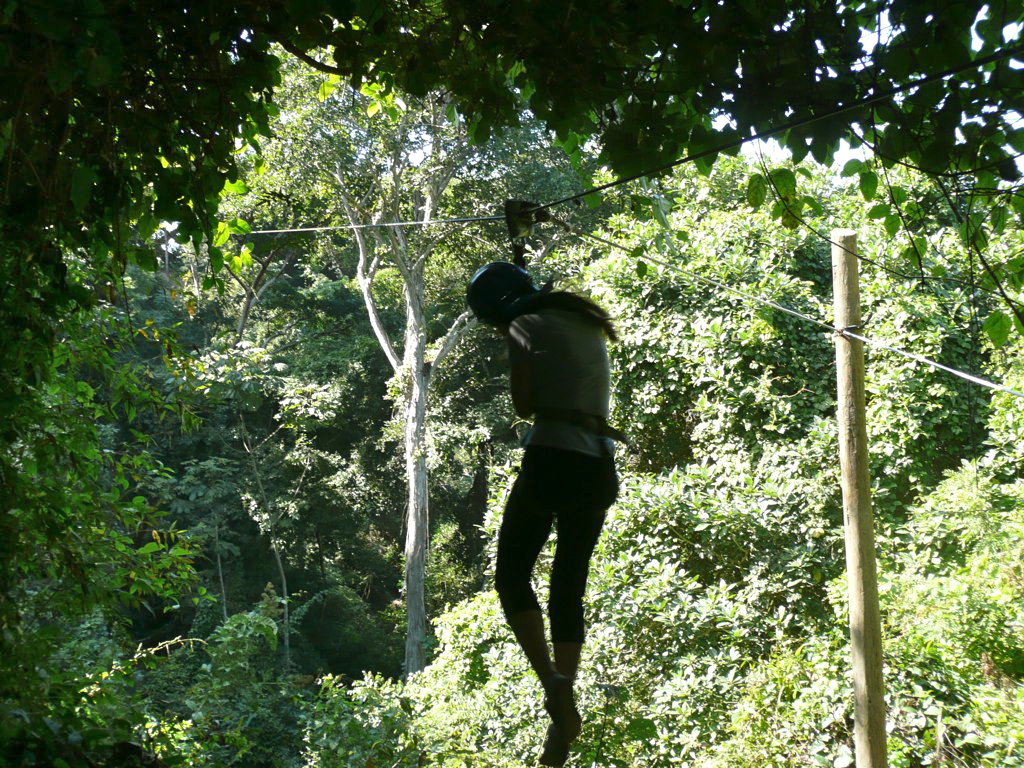
Hannah hangs from a zip line in Mexico
Jessica: I enjoy reading, trying new recipes, taking photos (although not as often as I would like), and hanging out with friends and family. Also, I have spent a bit of time traveling around the country to accompany my husband with his lifelong goal of seeing a baseball game played in every major league stadium in America. We have eight down and twenty-three to go!

Jessica and her husband made sure to check Rangers Ballpark off of the list!
Describe your first week at the DMA.
Hannah: The incredibly friendly, patient and endlessly knowledgeable staff have really eased me into my first week. From learning security policies to activity prep procedures, I have had not just one, but many helpful hands leading the way. Besides getting to know the wonderful staff and learning the nitty-gritties of the position, I have most enjoyed spending time in the galleries exploring the vast comprehensive collection here.
Jessica: Amazing! Everyone on staff has been so welcoming and encouraging. Our schedule was packed full of introductions and training sessions, which seemed daunting at first, but it really showed me just how much the DMA values its employees. Despite the fact that it is very easy for me to get lost in the halls and galleries (my directional skills aren’t that great), in a few short days, I felt completely at home within this Museum!
What aspect(s) of your internship are you most excited to begin?
Hannah: The other interns and I discussed why some of us chose to pursue a path towards education versus curatorial work in the Museum. And we light-heartedly agreed that it was dependent upon whether you are primarily a people person or a book person. As a people person, I am most excited to begin working with the many diverse groups of people both inside and outside of the Museum. I feel very lucky to have the unique opportunity to work with docents, volunteers, students, and teachers throughout the next year.
Jessica: One of the things that I am most excited about is really learning and exploring the DMA’s collection with student groups that come to visit. I love the enthusiasm and imagination that they bring when viewing works of art. I am also looking forward to working with and learning from the wonderful education staff!
Melissa Nelson
Manager of Teaching in the Community
